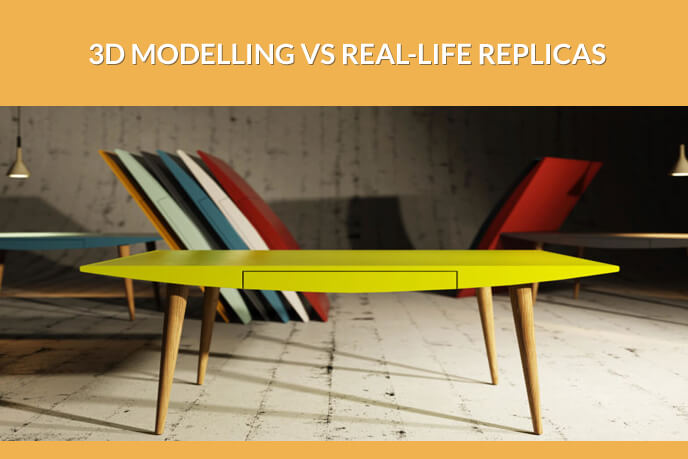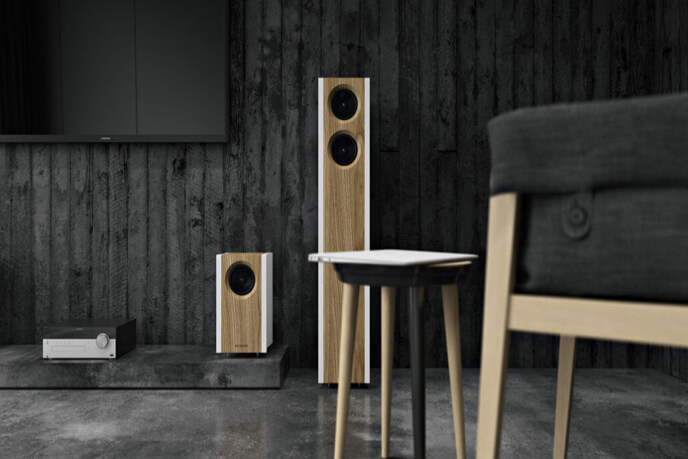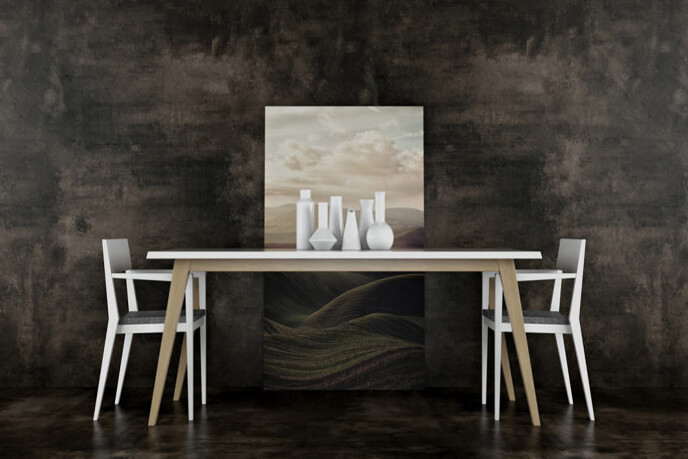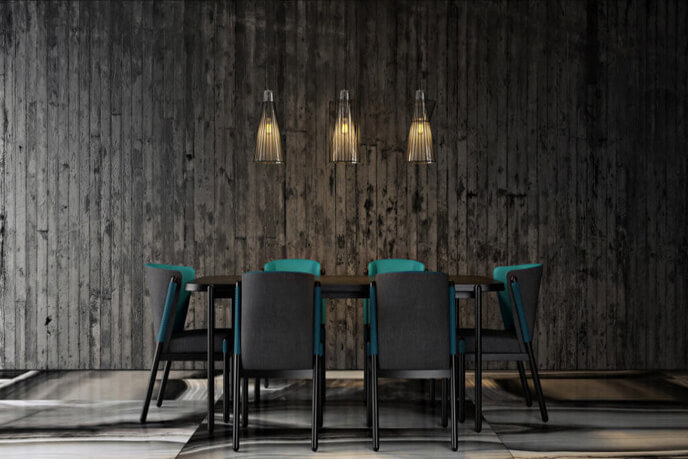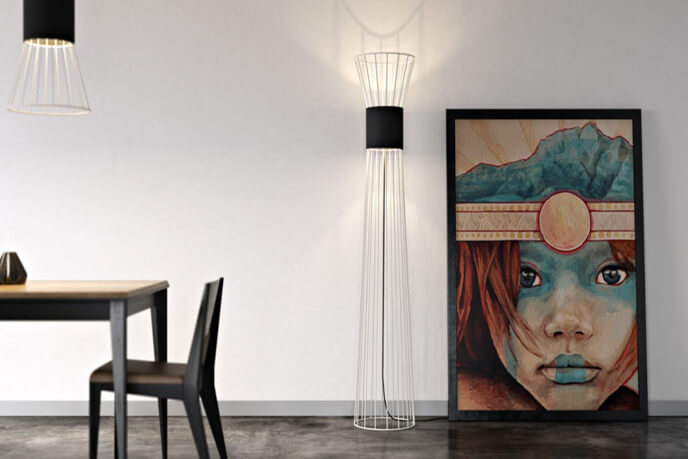Advantages Of 3D Modelling Compared To Real Objects
Advantages of 3D modelling are recognized by all furniture companies, but there still is a fair bit of skepticism on the subject. Sure, one might think, CGI looks nice and can help with promotion, but people have used real-life objects for product design and marketing for decades, with great results. 3D graphics can’t just replace replicas for those goals, right? Wrong. Business owners hold many misconceptions that prevent them from improving production and sales efficiency, and overlooking 3D is one of them. This time, we are going to explain how 3D modelling compares to manufactured props and how to make the most out of both. Let’s explore advantages of 3D modeling – and our findings may surprise you!
#1. Usage
Disposable product replicas have multiple uses. Aside from obvious application in marketing, they can serve another important purpose – creating and perfecting end design. While there is nothing wrong with sticking to traditional means, it still requires valuable materials. On top of that, making said objects can take hours, even days, depending on their complexity. On the other hand, 3D furniture modelling, as the name implies, is done entirely within a digital environment. That means that businesses have to only pay the fee that CGI studios charge and have full control of the process, implementing changes to tasks if needed. Another opportunity that is only available with 3D graphics is the creative freedom it offers. Any idea can be visualized, no real resources required, aside from time and specialist labor, of course. Finally, if there is a need for multiple POVs, it can be effortlessly done within a digital environment by just moving the “camera”. With these advantages of 3D modelling every furniture producers’ or retailers’ goals could be reach more efficiently. Ad images? Prototyping? Pictures for sale websites? Everything mentioned can be done with only time spent as a resource.
#2. Production
But how exactly is making 3D models different from real things? A silly question, one might say, the difference is obvious! Real things are constructed from real materials, with real tools and skilled handiwork, while CGI is made with software by specialists with appropriate skills. That is true, but like with most points on this list, there’s more to it than it seems. In order to make product photographs, there are but a few requirements: a white sheet as a background, a camera and a person using that camera. However, all of that is the bare bones minimum, and better intended quality means raising the standards and spending.
How does CGI change the game? Production advantages of 3D modelling pop up as soon as one starts using it. First off, it’s much easier to make photorealistic or simply gorgeous CGI compared to actual products, since there is a handful of guidelines a 3D artist has to follow to make a 3D model indistinguishable from a real object. Secondly, CG creation obviously needs data like blueprints, but photos are also desirable. That means you don’t have to make replicas and can use the actual product for promotional materials and other marketing uses. Speaking of marketing, 3D modelling software allows to test designs before they enter production and advertising phases. This is possible with constant feedback from the studios, allowing to monitor the progress and consult the specialists.
#3. Convenience
So, when it comes to production and the amount of potential uses there are a lot of advantages of 3D modeling, but what about convenience? Well, remember that real-life product replicas have to be transported to the studio? This process is too unreliable to be good: accidents happen, the studio may be far from the office, the contractor might ask for extras, and an employee has to oversee the shoot to make sure everything goes as planned. CG visualization is more advantageous than all that tedium due to low personal involvement. All responsibility for good images lies on a 3d modelling studio, and you can allocate resources to other pressing matters. And remember – you can always check the progress and give instructions. With CGI, you’re in charge of creation process without micromanaging it.
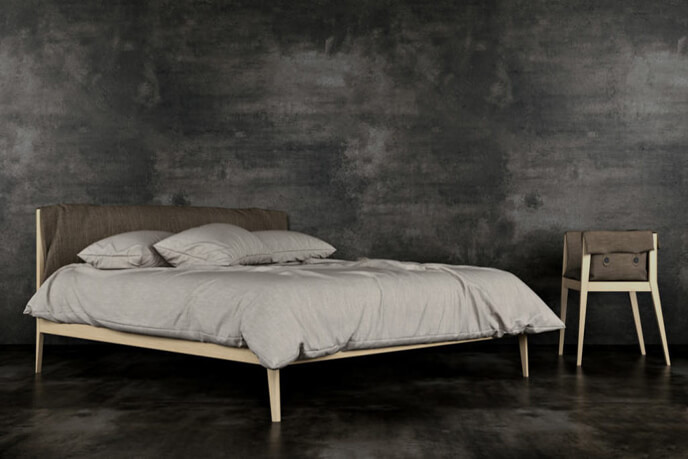
#4. Pricing
Costs are often the decisive factors to all businesses that want to spend as little as possible on promotion and prototyping without sacrificing quality as possible. Amazon product images can be made fast and for free, but we’re talking serious business here. A professional photoshoot on average costs up to several thousand dollars per item and takes about a week to shoot and edit. Photorealistic 3D product visualization costs a couple hundred dollars for a single lifestyle image and takes 24 hours to make, provided custom 3D modelling is not required. A great advantage to seal the deal.
#5. Other Advantages Of 3D Modelling
And here are a few other advantages of CGI as a cherry on top. The first one lifestyle images. Photography may get the job done, but is very limiting in options available in studios. 3D modelling and rendering allows more imaginative lifestyle ideas. For instance: POVs that are hard or impossible to pull off with cameras, such as overhead views and dramatic angles, thousands of premade decor elements for any occasion, shots set during different times of day and adding people to give images a “lived-in” look. And to bring something more relevant to current day, ecommerce advantages. One of the main factors that impacts choice between 3D visualization or photography is how resulting images fit internet marketing standards. While the quality is, thanks to modern technology, pretty much the same, CGI shines in interactivity. 3D product visualization offers unique ways to interact with images and utilize animation to create intriguing visuals to sell goods.
As you can see, there are numerous advantages of 3D modelling over real-life photography, but should you abandon photos entirely? Sure, 3D is generally better when it comes to uses, production, convenience and prices, but the situation is not entirely one-sided. Photography still holds up quite well on the market, even with the advent of photorealistic computer graphics. Besides, companies that rely on photos would have to completely revamp their workflow to adapt to using 3D modelling. However, even for that kind of companies computer graphics can be quite beneficial, since 3D vastly improves the tools at their disposal to allow more imaginative design and marketing ideas to flourish. Not to mention that it saves money and lots of time! Which way is best – the choice is yours, each way having its unique advantages. Want to try how CGI works for your business goals? Then contact UFO3D 3d modelling services and get the results beyond your expectations!
Let us know if you’ve got an interesting project and want to work together!

